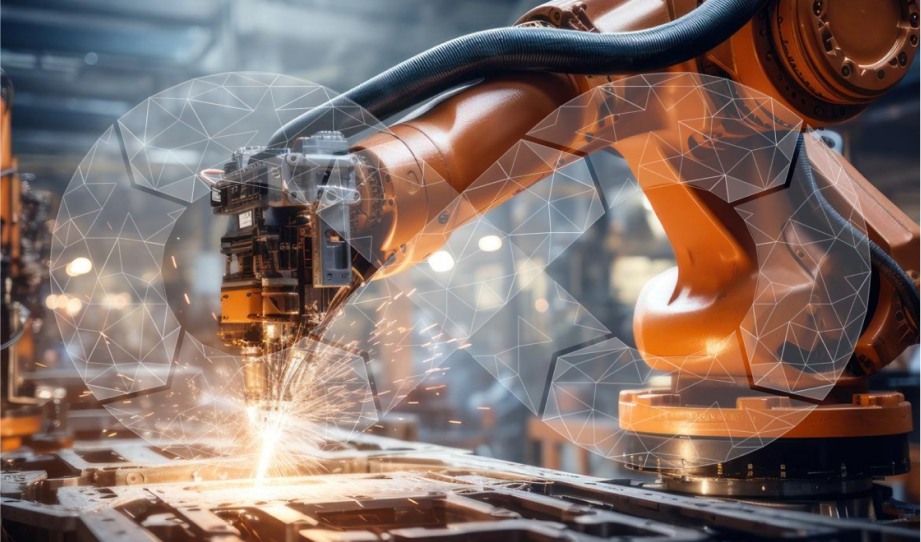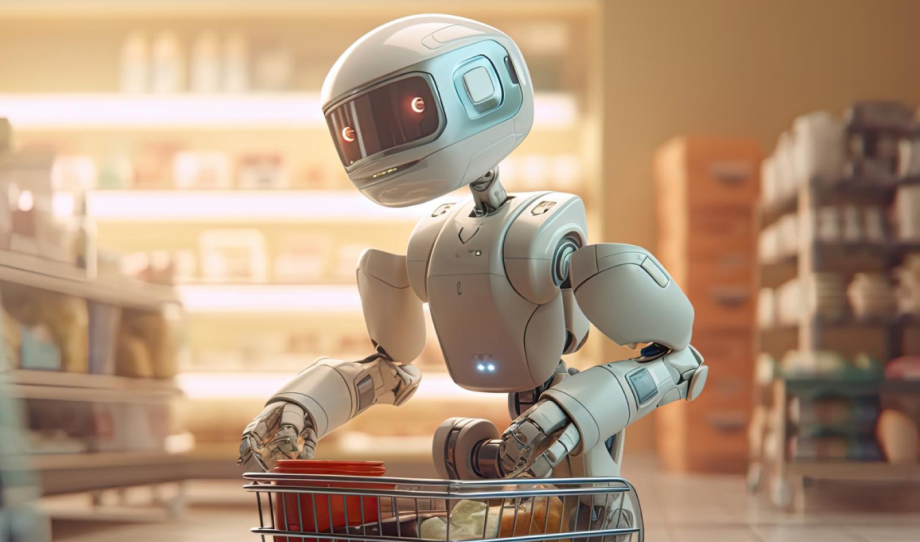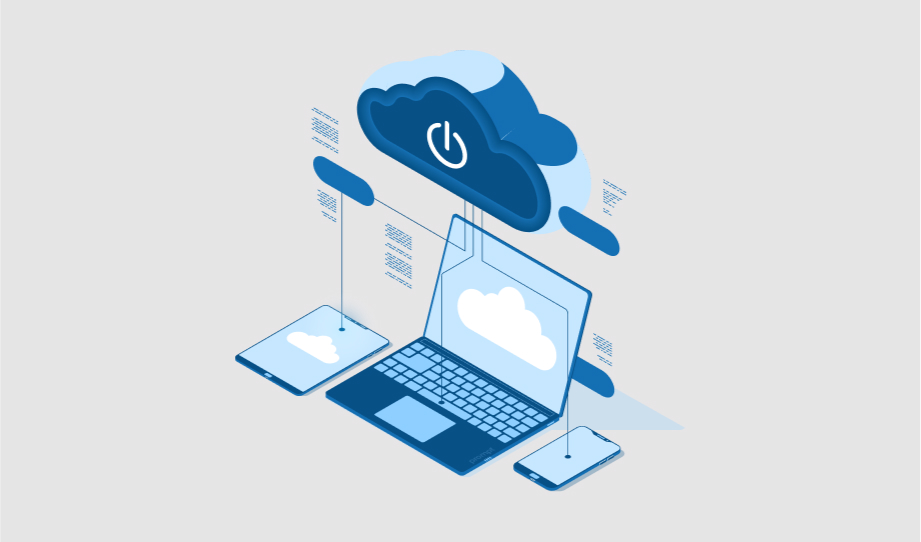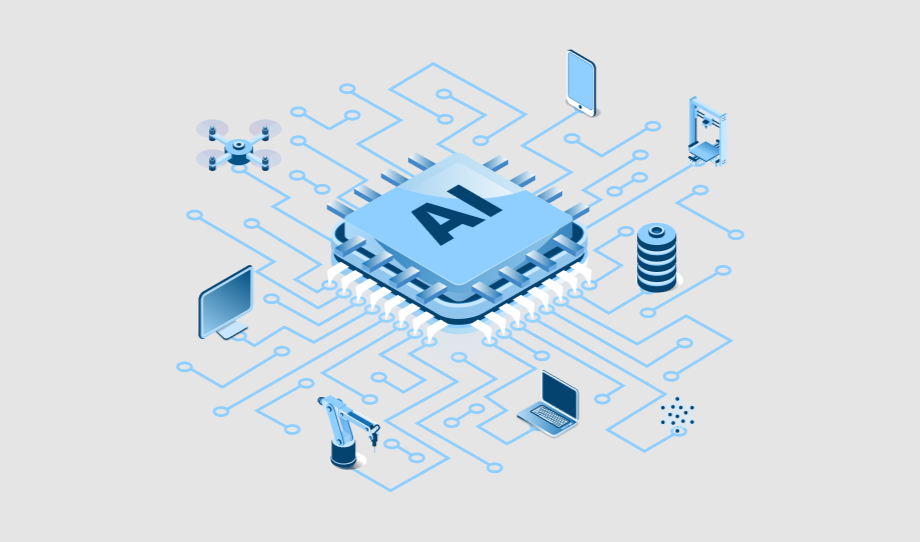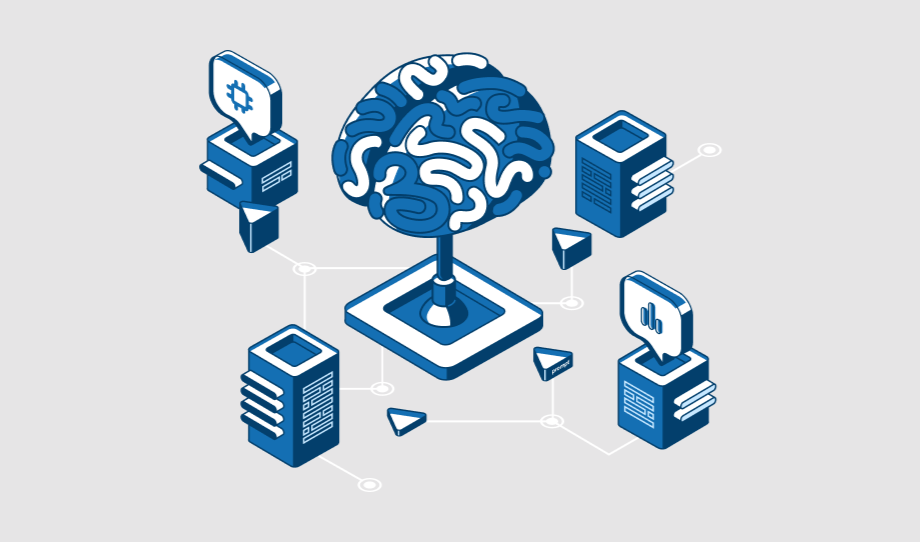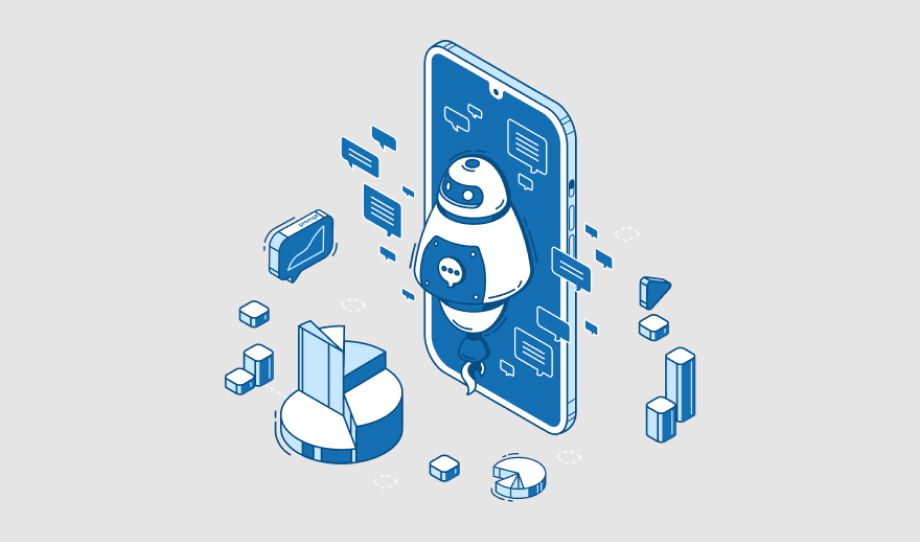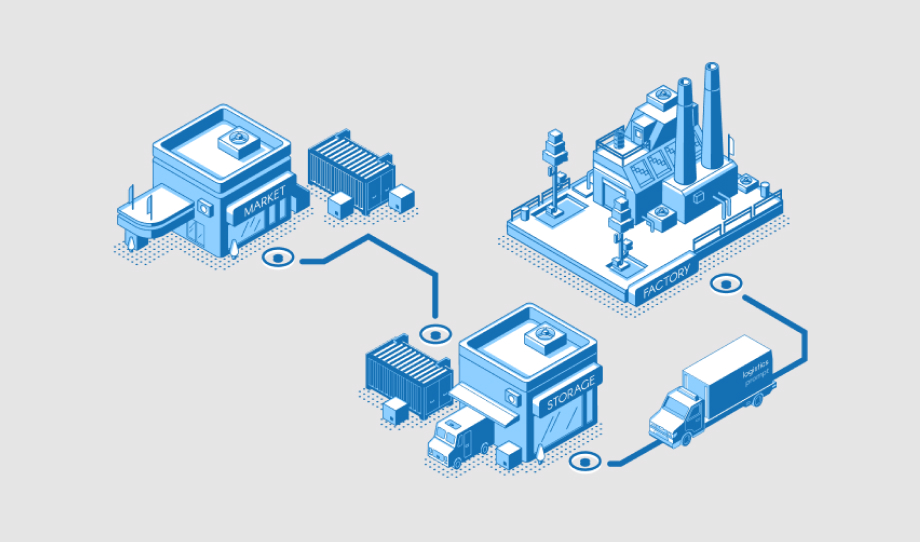Adding Automation in DevOps for Thriving AI Models
DevOps, as the name suggests, is a coordinated approach that integrates software development and operations to…
How AI Is Changing the Outlook of the Retail Market
The Best Examples of Using AI in Retail: Artificial Intelligence is omnipresent in today's retail sector.…
IoT Digital Transformation is on the Way to Change the Business Outlook
The energy industry is experiencing consequential changes as it encounters numerous challenges with an increasing population,…
How Artificial Intelligence in the App Industry is Changing the Future
"Artificial Intelligence is no more in fiction stories now. Today in our daily life, we can…
How can Artificial Intelligence Boost the Manufacturing Industry?
Today, most of the Giant industries, around 83 percent, believe that AI delivers better outcomes; however,…
How To Build Smarter Apps Using Mobile Artificial Intelligence?
Mobile artificial intelligence is already revolutionizing the mobile app development game. In 2020, the mobile AI…
How is IoT Helping The Procurement Team in Improving Productivity?
Today, almost every device is connected; whether it is your smartwatch, air conditioner, or television, we…




